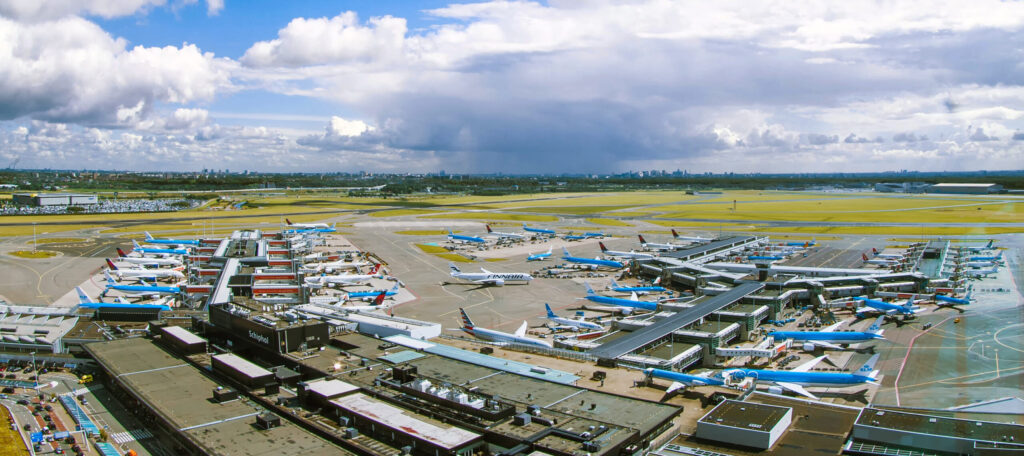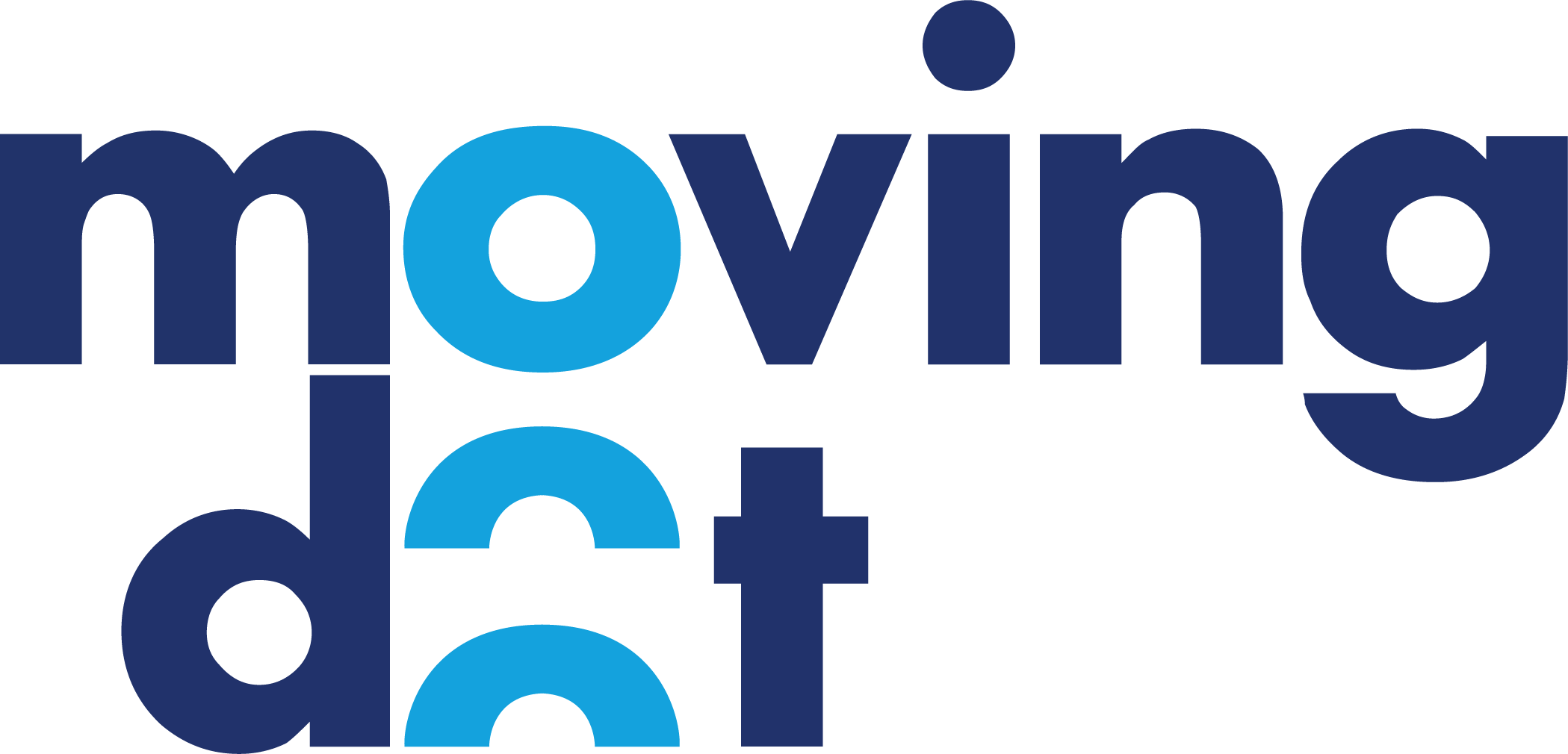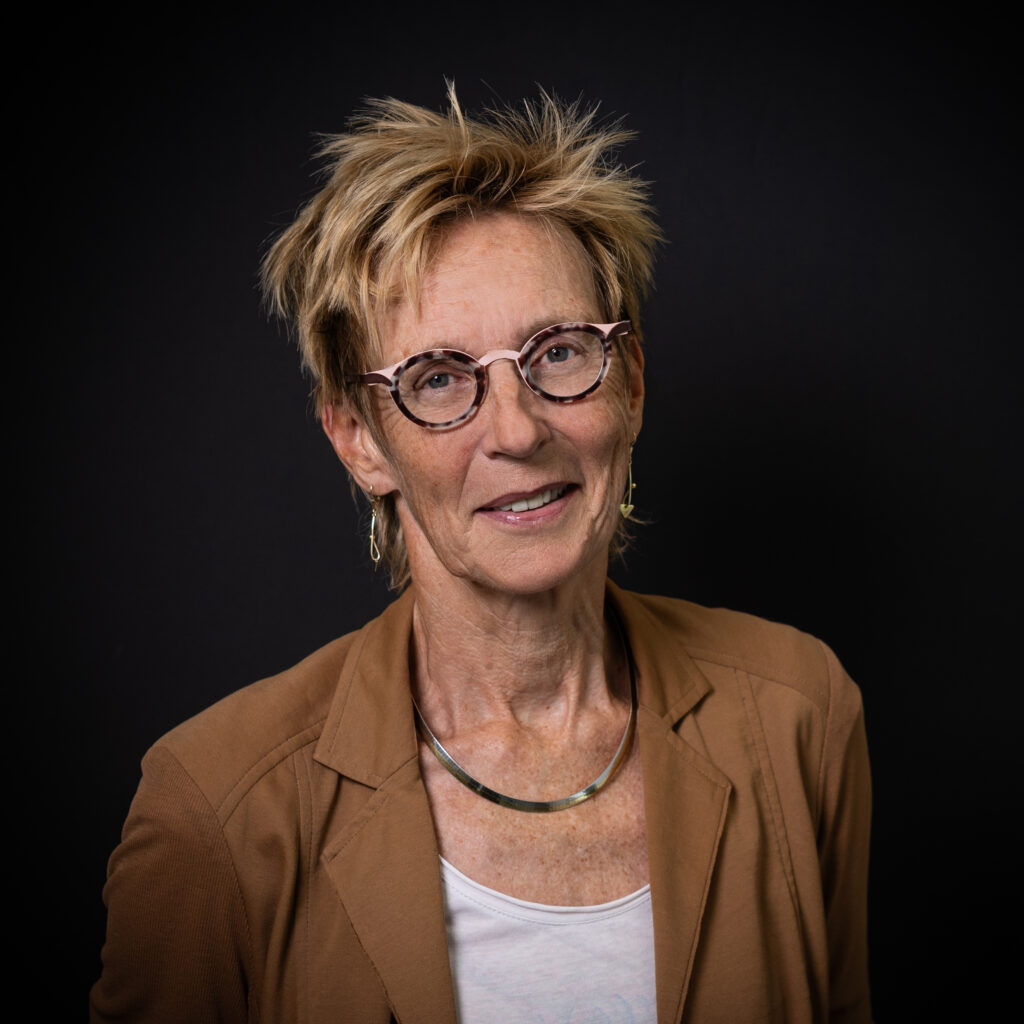At Schiphol it is important that everyone can work in a healthy and safe working environment. To achieve this, Schipholwants to minimise aircraft and diesel engine emissions (VDME in Dutch). The Schiphol sector is jointly taking the necessary measures to reduce VDME emissions and employee exposure to these emissions.
Last year, MovingDot was asked to support two of these measures:
Initiative to reduce APU and engines usage a success
An evaluation with the five airlines stationed at Schiphol (home-based carriers) and their ground handlers concluded that the ‘reduce APU and engine usage’ initiative was successful. The (im)possibilities of N-1 Taxiing are now more clearly in everyone’s sight and it proved possible to shorten the use of the tail engine (APU) during ground handling. The most successful measures included:
• The major roll-out of electric preconditioned air units (PCAs).
• Clear and stricter regulations.
• Awareness campaigns for pilots and apron staff.
• Adjustment of procedures at and between Schiphol, the airlines and their ground handlers.
• Higher prioritisation by ground handlers to connect PCAs promptly.
Plan of Approach for Adjustment of arrival and departure procedures
Together with LVNL and KLM, Schiphol drew a fully phased plan of action aimed at reducing employee exposure by 2030. The goal is to ensure aircraft engine start-up occurs as far away from personnel as possible and to alleviate congestion around and within bays. Schiphol can only realise this plan together with the sector. The plan outlines concrete measures and includes a clear implementation schedule. It serves as the blueprint for redesigning arrival and departure procedures and meets the requirements to draw a plan of action set by the Netherlands Labour Authority. The next phase—further detailing and implementation—has already begun.
We’re proud to support Schiphol’s efforts to create a healthier working environment for airside employees while also reducing its impact on the climate and the environment

MovingDot’s perspective
MovingDot consultant Marjan Sprenkels:
It was a good move from Schiphol to start the conversations with the five home-based carriers and their ground handlers about the (im)possibilities for reducing emissions from aircraft engines, including the APU. It’s important that we tackle the issue at the source, to better protect airside employees from harmful substances.
It was a pleasure to organize these conversations, foster mutual understanding, and help all parties align on actionable solutions that have already produced real results.”
MovingDot consultant Rudy Megens
The sector parties collaborated closely in creating the Plan of Action, and the result is impressive: a well-thought-out plan that is ambitious and realistic at the same time. It is also supported by all stakeholders involved: airlines, air traffic control and the airport alike. Now we are pressing ahead to establish a program organization that will certify these ambitions. I consider it an honour to be able to contribute to that process as well.



